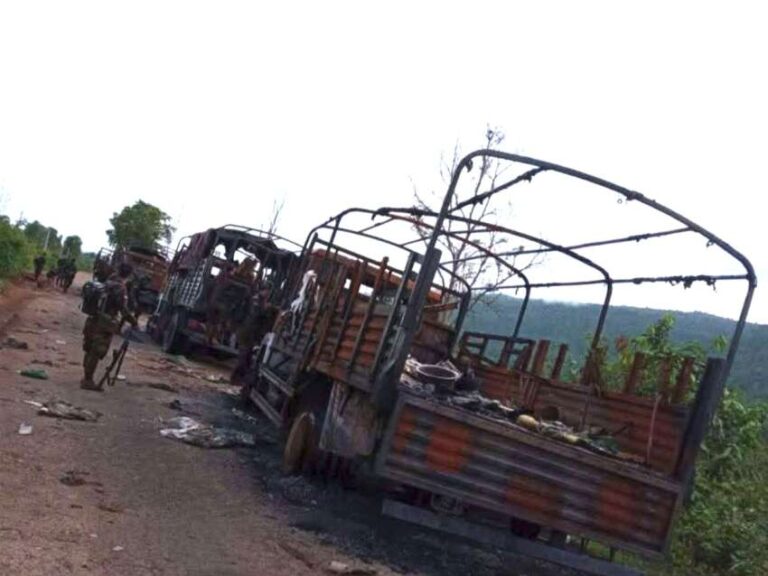
One month after the 7.7 magnitude earthquake that struck Myanmar’s Sagaing region on March 28, affected residents are struggling to survive through self-reliance without receiving effective assistance. According to interviews with 20 residents from Sagaing and Mandalay regions, they face major challenges in rebuilding homes, restarting businesses, and dealing with psychological trauma. In Sagaing city, approximately 80% of buildings were damaged, with many structures remaining uninhabitable even if not completely collapsed. Residents have been clearing debris themselves, receiving only minimal aid like drinking water, instant noodles, solar lamps and meal boxes from ward offices.
In Mandalay, the earthquake also caused extensive damage to homes, leading wealthy residents to abandon the city while debris clearing operations continue. The situation is particularly dire in Bone Oh village in Amarapura Township, where hundreds of people died. Villagers are in urgent need of food, water and medicine. While they received donations immediately after the earthquake, aid has since stopped, making it extremely difficult to rebuild homes. Families who lost male members are especially struggling to cope with the aftermath.
The earthquake-affected regions are experiencing severe job shortages and business disruptions, leaving many without income and hampering recovery efforts. Additionally, continued aftershocks have created psychological insecurity and trauma among residents. Many express fear of entering buildings or walking near structures, constantly worried about potential collapses. The situation has particularly impacted areas like Sky Villa, where families not only lost loved ones but also valuable possessions during rescue operations, with some reporting difficulties in recovering their belongings from authorities.
The economic impact extends beyond immediate physical damage, with many businesses unable to resume operations and young people struggling to find employment. This has created a cycle of hardship as people lack the financial means to rebuild while also dealing with ongoing psychological stress from aftershocks. According to official reports, nearly 4,000 people lost their lives in the Sagaing earthquake, making it one of the deadliest natural disasters in Myanmar’s recent history. One month later, the affected regions are still far from recovery, with residents largely left to fend for themselves without systematic support for reconstruction and rehabilitation.



